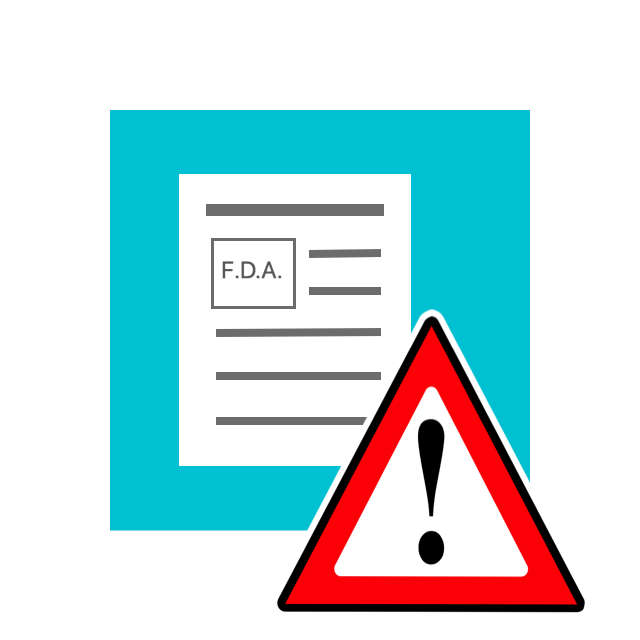Researchers Present Air and Surface Quantifications at AAAAI Annual Meeting
READ ARTICLE HIDE ARTICLE
Los Angeles, CA – For families managing food allergies, like peanut allergies, food avoidance is key. Researchers from Mayo Clinic in Rochester, however, wondered how much peanut exposure occurs in common environments like restaurants and commercial airplanes.
Even trace amounts of allergenic proteins can cause reactions in individuals with food allergies. Casual contact becomes a problem when the food allergic person touches the contaminated surface, then touches his or her eyes, nose or mouth.
“Clinicians often make avoidance recommendations without direct evidence of the amount of peanut or peanut exposure in these environments,” primary author Jay Jin, MD, PhD, said. “So we quantified aerosolized and surface levels of Ara h2 – one of the peanut proteins associated with food allergy – in common, public locations hoping to provide evidence-driven recommendations.”
In new research presented at the 2016 Annual Meeting of the American Academy of Allergy, Asthma & Immunology (AAAAI), air samples were collected using personal breathing zone samplers for one hour or large samplers for 15 minutes onto Teflon membranes. Surfaces were also wiped with Teflon membranes. Peanut proteins were extracted in phosphate buffered saline and Ara h2 amounts were recorded.
During active shelling of peanuts, 1.4ng/mL of Ara h2 was detected in large air sample collections but none was detected in personal breathing zones within restaurants where unshelled peanuts were available in the dining area. Table surfaces from these restaurants had an average of 41.1 ng/mL of Ara h2. Only .77 ng/mL of Ara h2 was detected on table surfaces in restaurants without peanuts in the dining area. A modest amount, .75 ng/mL of Ara h2, was also detected on library tables, but topping counters at frozen yogurt shops had 11,126.7 ng/mL of Ara h2.
“Interestingly, we found an average of 13.5 ng/mL of Ara h2 on airplane tray tables when peanuts were not even served during the flight,” Jin explained. During flights where peanuts were available, tray table surface averages climbed to 175.3 ng/mL of Ara h2 after mid-flight service with peanuts.
“Our research shows that peanut exposure in public settings is most likely to occur by contact with surfaces harboring allergens rather than by inhalation, even in peanut-rich environments. It also reinforces the practice of regularly cleaning common surfaces, especially for individuals with a peanut allergy,” Jin said.
For more information on
food allergies
or the
AAAAI Annual Meeting
, visit the AAAAI website. The abstract can be found in an online supplement to
The Journal of Allergy and Clinical Immunology
.
The AAAAI represents allergists, asthma specialists, clinical immunologists, allied health professionals and others with a special interest in the research and treatment of allergic and immunologic diseases. Established in 1943, the AAAAI has more than 6,800 members in the United States, Canada and 72 other countries. The AAAAI’s
Find an Allergist/Immunologist
service is a trusted resource to help you find a specialist close to home.
Editor's notes:
· This study was presented during the 2016 Annual Meeting of the American Academy of
Allergy, Asthma & Immunology, March 4-7 in Los Angeles. However, it does not necessarily reflect the policies or the opinions of the AAAAI.
· A link to all abstracts presented at the 2016 Annual Meeting is available at
annualmeeting.aaaai.org
.
Additional Information
Food Allergy Symptoms, Diagnosis, Treatment & Management »
Learn More from AAAAI





